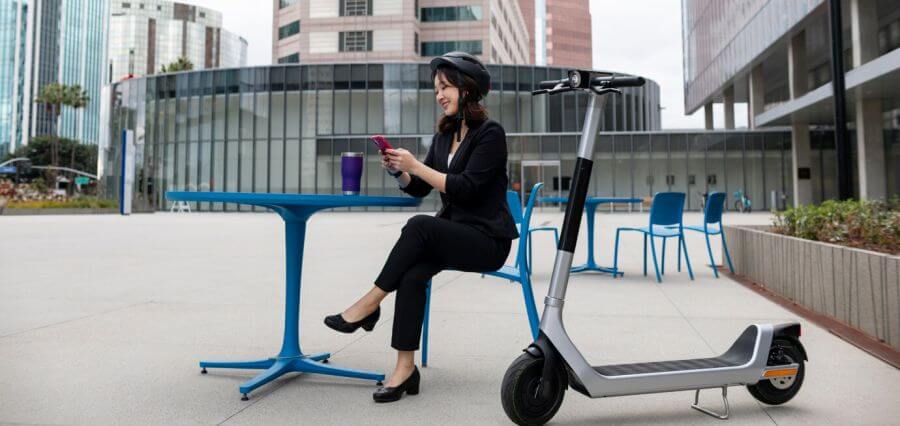Mobility is the cornerstone of independence and a fulfilling life. Whether it’s the ability to walk, run, or simply move about comfortably, our capacity for movement shapes our daily experiences. For individuals facing limb loss or mobility challenges, the field of orthotics & prosthetics service offers a beacon of hope, empowering them to regain their freedom of movement. Advancements in technology, coupled with the expertise of specialized centers, have revolutionized the way we approach orthotics & prosthetics service, opening doors to new possibilities for those seeking to enhance their mobility.
Understanding Prosthetics & Orthotics
Orthotics are devices designed to support, align, or correct musculoskeletal issues, enhancing function and reducing pain. These devices can range from simple shoe inserts to more complex braces for the spine or limbs. Custom orthotics are tailored to the individual’s unique needs, ensuring optimal comfort and effectiveness.
Prosthetics, on the other hand, are artificial limbs that replace missing body parts. They are meticulously crafted to mimic the appearance and function of the natural limb, enabling individuals to regain lost abilities. For those who have undergone amputation above the knee, above-knee prostheses (AKP) offer a life-changing solution, restoring the ability to walk, stand, and engage in various activities.
Custom prosthetics, like their orthotic counterparts, are designed to meet the specific needs of each individual. This personalization is crucial for ensuring a comfortable fit, optimal function, and the best possible outcome for the wearer.
The Role of a Specialized Center
When seeking prosthetic or orthotic solutions, the expertise of a specialized center can make all the difference. These centers offer a comprehensive approach to care, bringing together a team of professionals dedicated to helping individuals regain their mobility. This multidisciplinary team often includes prosthetists, who specialize in designing and fitting prosthetics; orthotics, who focus on orthotic devices; physical therapists, who guide rehabilitation; and other specialists as needed.
By collaborating closely with each individual, these centers create personalized treatment plans that address not only the physical needs but also the emotional and psychological aspects of adapting to a prosthetic or orthotic device. They understand that the journey to enhanced mobility is a holistic one, requiring support and guidance at every step.
The Prosthetic Journey: What to Expect?
The process of obtaining a prosthetic limb typically begins with an initial assessment, where the prosthetist evaluates the individual’s needs, goals, and residual limb. This evaluation helps determine the most suitable type of prosthesis and its design. In the case of above-knee prostheses, factors such as the amputation level, activity level, and overall health are taken into consideration. Once the assessment is complete, the prosthetist works with the individual to create a custom design that fits their unique anatomy and lifestyle.
This involves taking measurements, creating a mold of the residual limb, and selecting appropriate components for the above knee prosthesis. After the prosthesis is fabricated, the fitting process begins. This involves adjusting the prosthetic socket for optimal comfort and ensuring proper alignment for natural movement. The individual then undergoes rehabilitation with the guidance of a physical therapist, who helps them learn to walk, balance, and perform everyday activities with their new prosthetic.
Advancements in Technology
The field of prosthetics and orthotics has seen remarkable advancements in recent years, thanks to ongoing research and innovation. New materials and designs have made prosthetics lighter, more durable, and more comfortable to wear. For instance, carbon fiber composites offer a combination of strength and flexibility, while silicone liners provide a cushioned interface between the residual limb and the prosthetic socket.
Microprocessor technology has also revolutionized the functionality of prosthetics, particularly for above-knee prostheses. These advanced devices use sensors and microprocessors to analyze the individual’s gait and terrain, adjusting the prosthetic’s response in real-time for smoother, more natural movement.
While not yet widely available, osseointegration is another promising advancement in prosthetic technology. This surgical procedure involves implanting a metal rod into the bone, creating a direct connection between the bone and the prosthetic. This can improve stability, reduce discomfort, and enhance the overall function of the prosthetic limb.
Conclusion
The journey toward enhanced mobility is a personal and often challenging one. However, with the support of a specialized center like the Center for Prosthetics and Orthotics Albuquerque, and the advancements in prosthetic and orthotic technology, individuals facing limb loss or mobility challenges have more options than ever before. From custom orthotics that alleviate pain and improve function to cutting-edge prosthetics that restore lost abilities, the field is constantly evolving to meet the diverse needs of those seeking to regain their independence and embrace an active lifestyle. If you or someone you know is seeking prosthetic or orthotic solutions, consider reaching out to this specialized center. Their expertise, coupled with the latest advancements in technology, can empower you to overcome mobility challenges and achieve a fulfilling life. Remember, the journey may have its obstacles, but with the right support and a positive outlook, it’s possible to rediscover your stride and embrace all that life has to offer.

